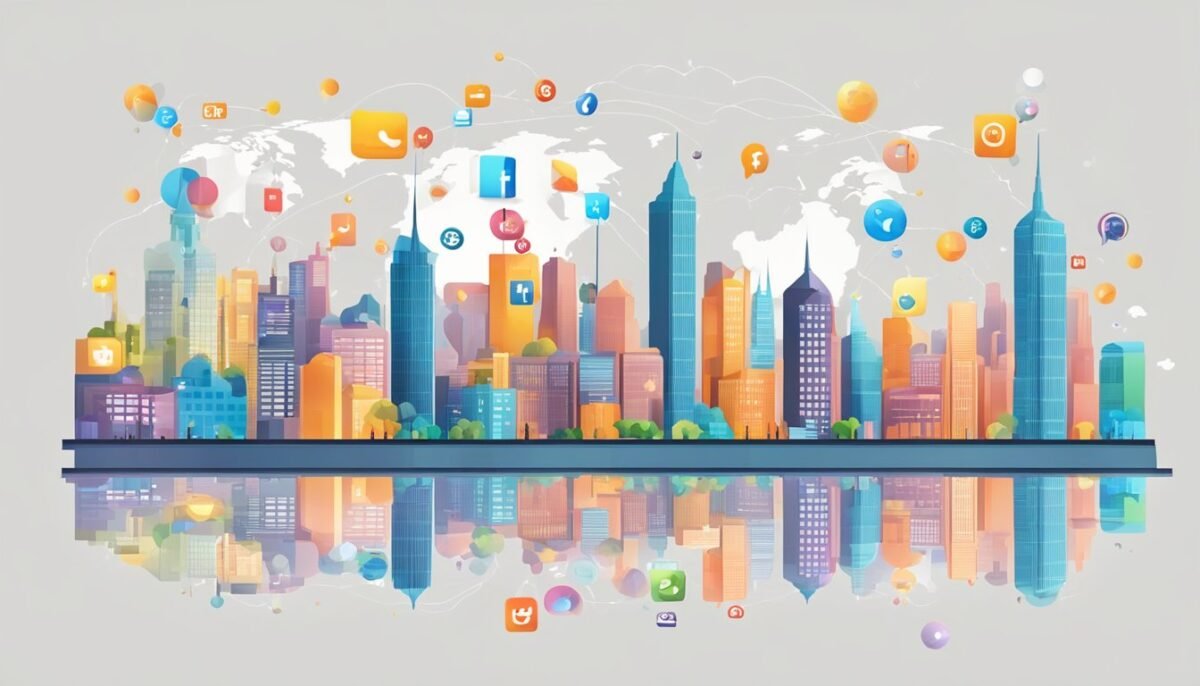Social media networks have become an integral part of daily life for billions of people around the world. These platforms allow users to connect with friends and family, share content, and engage with communities based on shared interests. From their humble beginnings as simple forums and profile-based websites, social media has evolved into sophisticated ecosystems that cater to various forms of communication such as text, photos, videos, and live streaming.
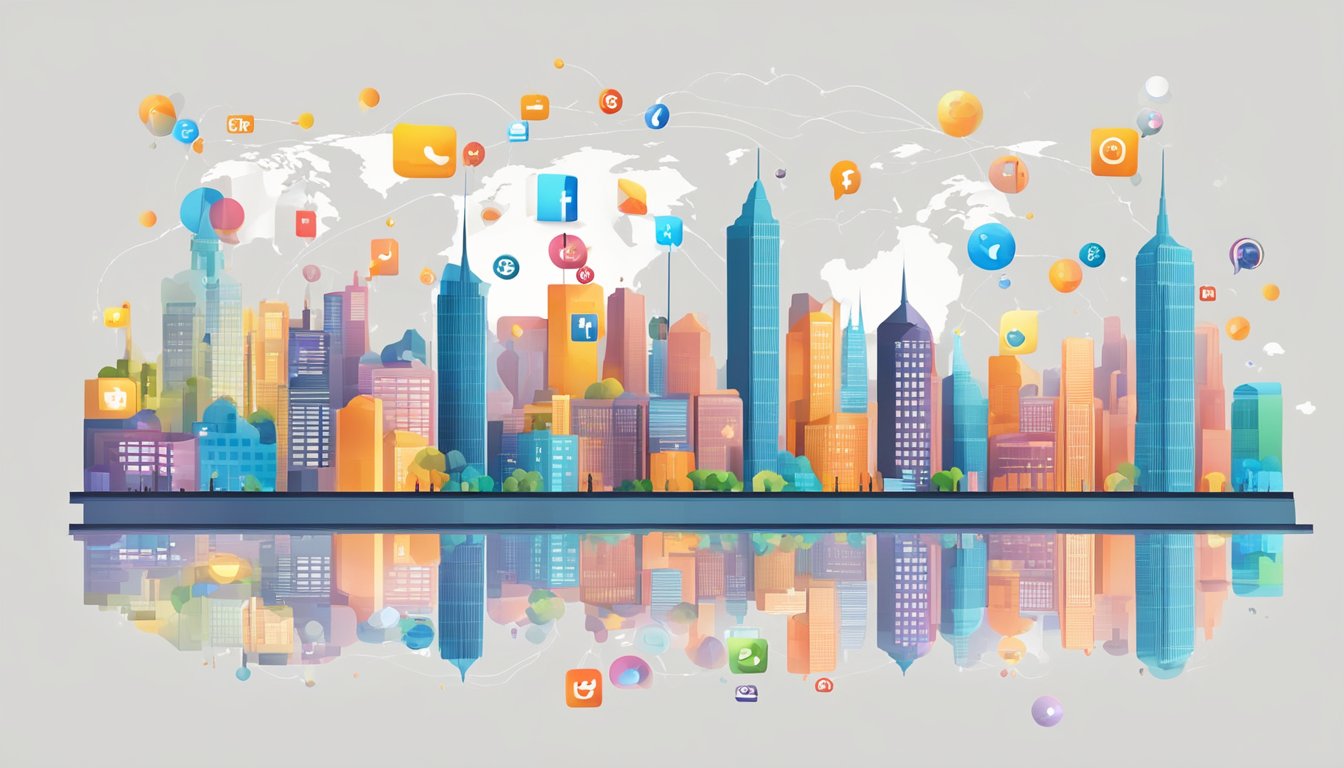
The impact of social media on communication, marketing, and news dissemination is undeniable. Businesses leverage these networks to reach potential customers, while individuals use them to build their personal brand and voice their opinions. Moreover, the real-time nature of these platforms has changed the way news is reported and consumed, allowing for instant public feedback and widespread dissemination of information.
As these networks continue to grow, they face challenges related to privacy, security, and the spread of misinformation. Social media companies are constantly updating their algorithms and policies to enhance user experience and address these issues. Their role in the sociopolitical landscape is also subject to scrutiny, as they have the power to influence public opinion and shape societal norms.
Evolution of Social Media Networks
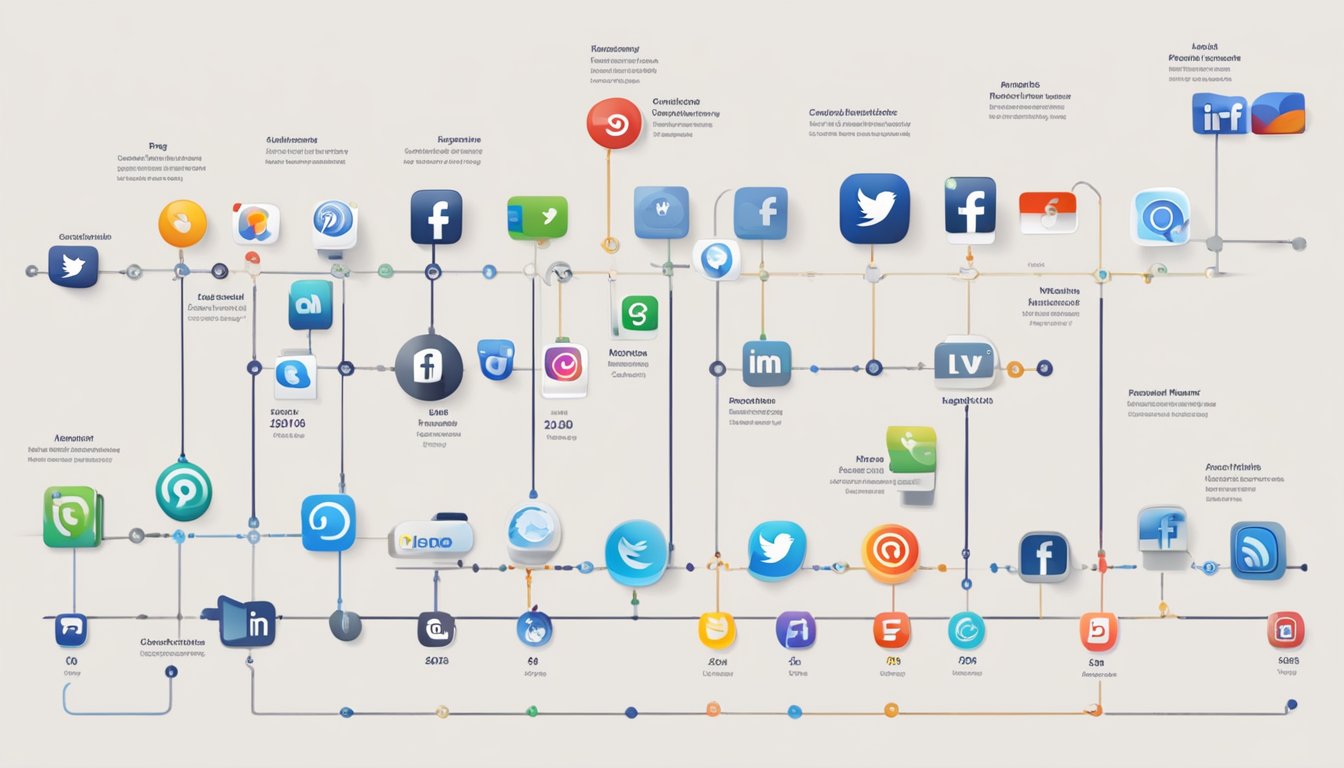
Social media networks have transformed radically from their inception, expanding in functionality and reach. This evolution reflects advances in technology and shifting user needs.
The Birth of Social Media
The earliest form of social media can be traced back to the late 1990s with the arrival of sites like SixDegrees.com, which allowed users to create profiles and friend lists. By the early 2000s, platforms such as Friendster and MySpace further defined the social media concept by introducing features like personal profiles, public friend lists, and the ability to share multimedia content.
Advancements and Innovations
Social media platforms quickly evolved, with the introduction of Facebook in 2004 setting a new standard for the industry. Facebook’s key innovations included a real-time news feed and an algorithm that personalized content for users. Twitter, launched in 2006, brought the concept of microblogging to the forefront, allowing users to broadcast short, real-time messages to followers.
| Platform | Year Launched | Noteworthy Innovation |
|---|---|---|
| 2004 | Real-time news feed | |
| 2006 | Microblogging |
Platform Diversification
In the 2010s, social media adapted to the ubiquity of smartphones, leading to the birth of mobile-centric platforms like Instagram and Snapchat. Each platform carved out its niche, with Instagram focusing on image sharing and Snapchat introducing ephemeral content. Simultaneously, LinkedIn solidified its place as the professional network, and new players like TikTok emerged, prioritizing short-form video content. This diversification signaled a shift from text-based to more visual and multimedia forms of sharing.
- Instagram (2010): Image sharing with a focus on visual aesthetics
- Snapchat (2011): Ephemeral, disappearing content
- LinkedIn (2003): Professional networking
- TikTok (2016): Short-form video content
Key Characteristics of Social Media Networks

Social media networks are defined by several core characteristics that have allowed them to become integral parts of modern communication and culture. These characteristics have been instrumental in their widespread adoption and influence.
Interactivity
Social media’s interactive nature distinguishes it from traditional media. Users can engage with content and creators in real time through likes, comments, and shares, fostering a dynamic two-way conversation. Platforms often include mechanisms for feedback, polls, and live discussions to facilitate this interaction.
User Profiles and Identity
A defining element of social media is the user profile—a personal representation where one can display information such as a bio, interests, and contact details. Social media networks rely on the creation of digital identities that allow users to present themselves through profiles photos, personalized content, and social interactions. Profiles can often be public or private, giving users control over their online presence.
Content Sharing
At the heart of social media is content sharing, which can range from text posts and images to videos and articles. Content can be original or shared from other sources, and often employs features like hashtags and trending topics to increase visibility. The ability to distribute and viralize content rapidly across networks is a key driver behind the growth and impact of social media platforms.
Major Social Media Platforms
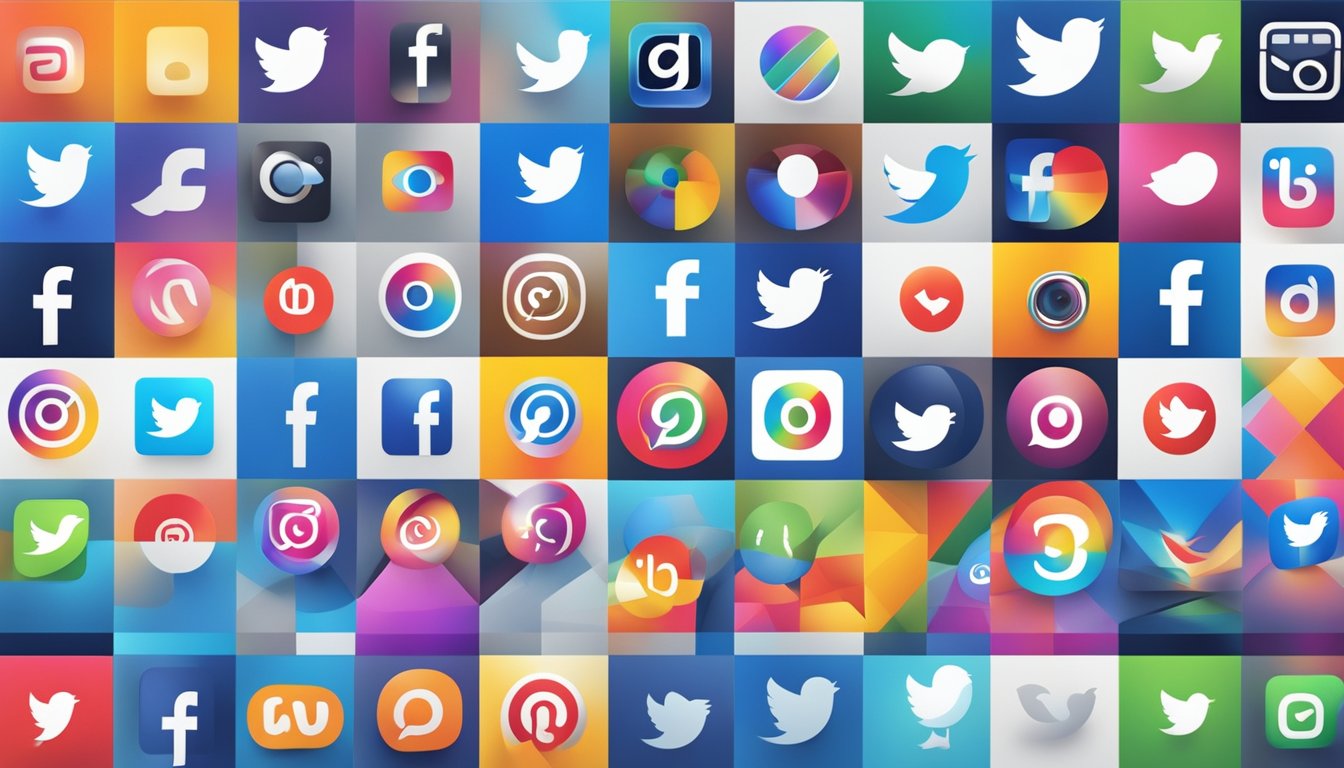
The digital landscape is ever-evolving, with various social media platforms vying for users’ attention. Each platform has its unique features, target audiences, and uses within the social networking ecosystem.
Facebook, launched in 2004, remains a juggernaut in the social media world. With 2.8 billion monthly active users, it is a platform for personal interactions, business promotions, and news dissemination. The site enables users to connect with friends and family, join groups, and attend virtual events.
Instagram, purchased by Facebook in 2012, is a photo and video-sharing app popular for its visually driven content. It boasts over 1 billion users, offers various features like Stories, Reels, and IGTV, and is particularly favored by younger demographics for its engaging content and influencer culture.
Twitter is renowned for its real-time information and concise content, limited to 280 characters per post, known as tweets. As of 2021, it has 396 million users who utilize the platform for breaking news, entertainment, politics, and more. Its hashtag system makes it easy to follow trending topics.
LinkedIn is the premier professional networking platform, with over 740 million members. It is designed for career development and industry networking, allowing users to post their resumes, search for jobs, and share professional content. The platform is also crucial for B2B marketing and recruitment.
TikTok
TikTok, a relatively new player, has quickly become popular for short-form video content. Launched in 2016, it allows users to create and share 15 to 60-second videos, often accompanied by music. With over 1 billion active users, it’s particularly appealing to Generation Z and has become a significant trendsetter in online culture.
Demographics and User Trends

Social media demographics and user trends are constantly evolving. Detailed examination of age-specific engagement, geographical patterns, and the distinction between business and individual usage can provide valuable insights into the current state of social media platforms.
Age Groups on Social Media
Social media platforms traditionally attract different age groups, influencing the content and advertising seen on these networks. Instagram and TikTok have a younger user base with 59% of their global users between the ages of 18-29. In contrast, platforms like Facebook see heightened usage among older demographics with a notable 32% of users over the age of 65.
| Platform | 18-29 | 30-49 | 50-64 | 65+ |
|---|---|---|---|---|
| 59% | 33% | 16% | 8% | |
| TikTok | 59% | 20% | 14% | 6% |
| 25% | 35% | 27% | 32% |
Regional Usage Patterns
The usage of social media varies widely by region. Platforms have diverse penetration rates in different markets. For instance, North America exhibits one of the highest user engagement rates on Facebook, with an approximate 69% of the population active on the platform. On the flip side, WeChat is predominantly used in Asia, particularly in China, where it’s integrated into daily life.
- Facebook: North America (69%), Asia-Pacific (28%)
- WeChat: Asia-Pacific (94%), Europe (2%)
Business versus Personal Use
Businesses and individuals use social media networks differently. Companies primarily leverage platforms like LinkedIn for professional networking and Twitter for brand awareness and customer engagement.
- LinkedIn: 97% of companies for recruitment, 91% for B2B content distribution.
- Twitter: 82% of businesses for customer service, 77% for brand promotion.
Individual users, however, tend to use these networks for personal communication and entertainment, often engaging with brands through direct interactions and consuming content.
The Impact of Social Media
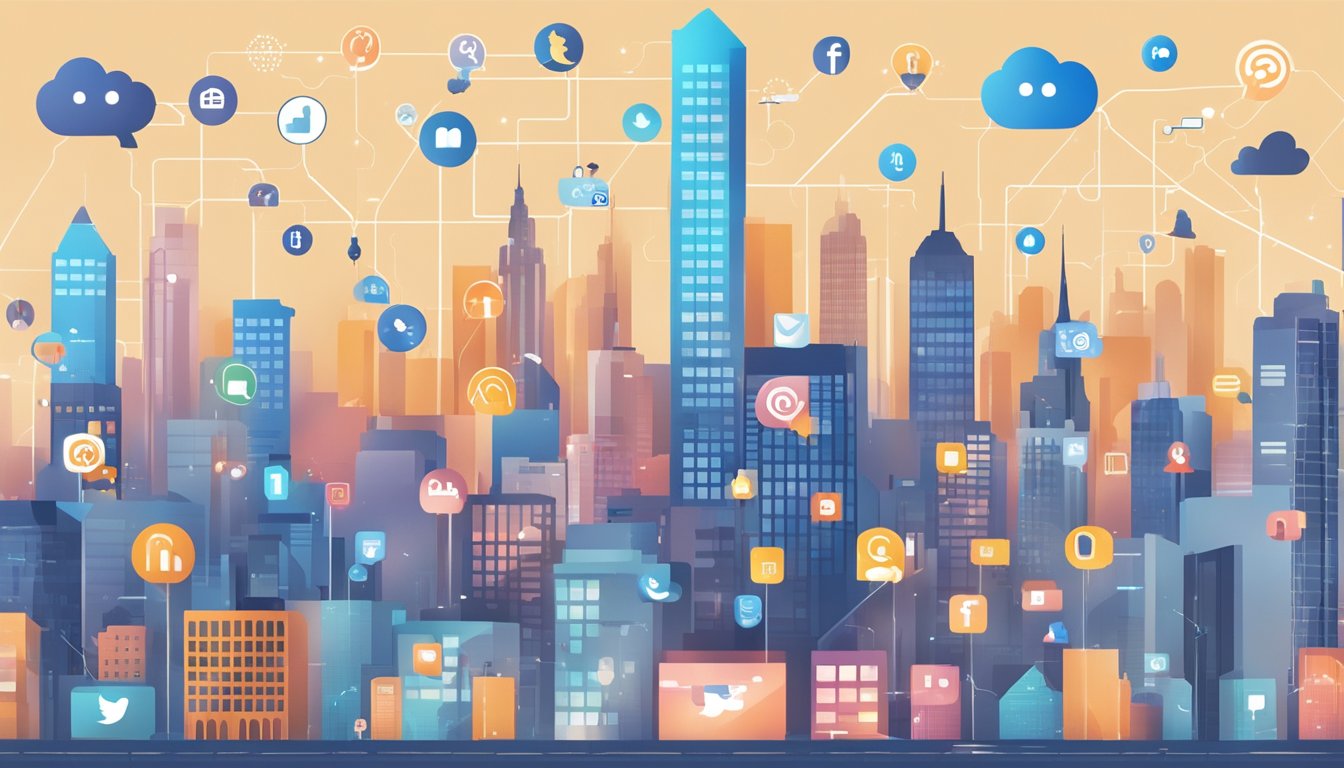
Social media networks have notably reshaped various facets of modern life. This section examines their significant roles in society, marketing and advertising, as well as their influence on political campaigns and public discourse.
Societal Influence
Social media platforms have revolutionized the way people communicate and share information. They facilitate the rapid dissemination of information, enabling news and personal updates to reach wide audiences almost instantly. Platforms like Facebook and Twitter serve as public squares where millions engage in conversations, share experiences, and build communities around common interests. The connectivity fostered by social media has led to a more interconnected world, yet it can also lead to challenges such as misinformation spread and reduced face-to-face interactions.
Marketing and Advertising
The marketing landscape has been transformed by social media’s ability to target specific audiences. Companies leverage platforms like Instagram and LinkedIn to reach potential customers through tailored advertising options. Statistics reveal a shift in advertising budgets towards social media:
- Facebook Ads: Over 9 million advertisers.
- Instagram: 1 billion+ active users, with a focus on visual content.
- Twitter: Known for real-time engagement, offering brands immediate communication with consumers.
These platforms provide businesses with valuable data insights to optimize their marketing strategies and measure campaign effectiveness.
Political Campaigns and Public Discourse
Social media’s role in politics has grown significantly, becoming a primary tool for campaign communication and engagement. Politicians and political parties use these networks to reach constituents, convey messages, and rally support. The impactful usage of social media in political campaigns is evident with:
- Political figures’ follower counts in the millions.
- Increased sharing of campaign-related content.
- Real-time responses to political events and opponent remarks.
Debates and discussions on platforms like Facebook and Twitter shape public discourse and influence voter opinions. However, issues such as the spread of fake news and echo chambers are concerning byproducts of social media’s pervasiveness in the political sphere.
Regulation and Privacy

Navigating the complex landscape of social media necessitates a thorough understanding of the regulatory frameworks that govern data protection, user privacy, and the extent of government jurisdiction.
Data Protection Laws
In response to growing data breaches and misuse, countries have implemented laws such as the General Data Protection Regulation (GDPR) in the European Union, which mandates strict rules around data consent and the right to be forgotten. The California Consumer Privacy Act (CCPA) offers similar protections in the United States, providing users with the right to know about the personal data collected about them.
- Key Provisions of GDPR:
- Consent for data processing must be freely given.
- Data subjects have the right to access and delete their data.
User Privacy Concerns
User privacy has emerged as a critical area of concern in social media networks. They are often scrutinized for their data collection practices, which can include tracking location, reading messages, and monitoring online activity. It’s crucial for users to have access to privacy settings that let them control:
- Who sees their information
- How their information is used
- Opting out of data collection where permissible
Government Regulation
Governments are striving to balance the benefits and risks of social media. They implement regulations that can compel platforms to remove harmful content, protect against foreign interference, and ensure transparent advertising. Recent legislative efforts include the Digital Services Act (DSA) in Europe that focuses on a safer digital space with broad accountability for digital services.
- Government Measures Include:
- Content moderation policies
- Transparency reports
- Fines and penalties for non-compliance
Social Media Analytics
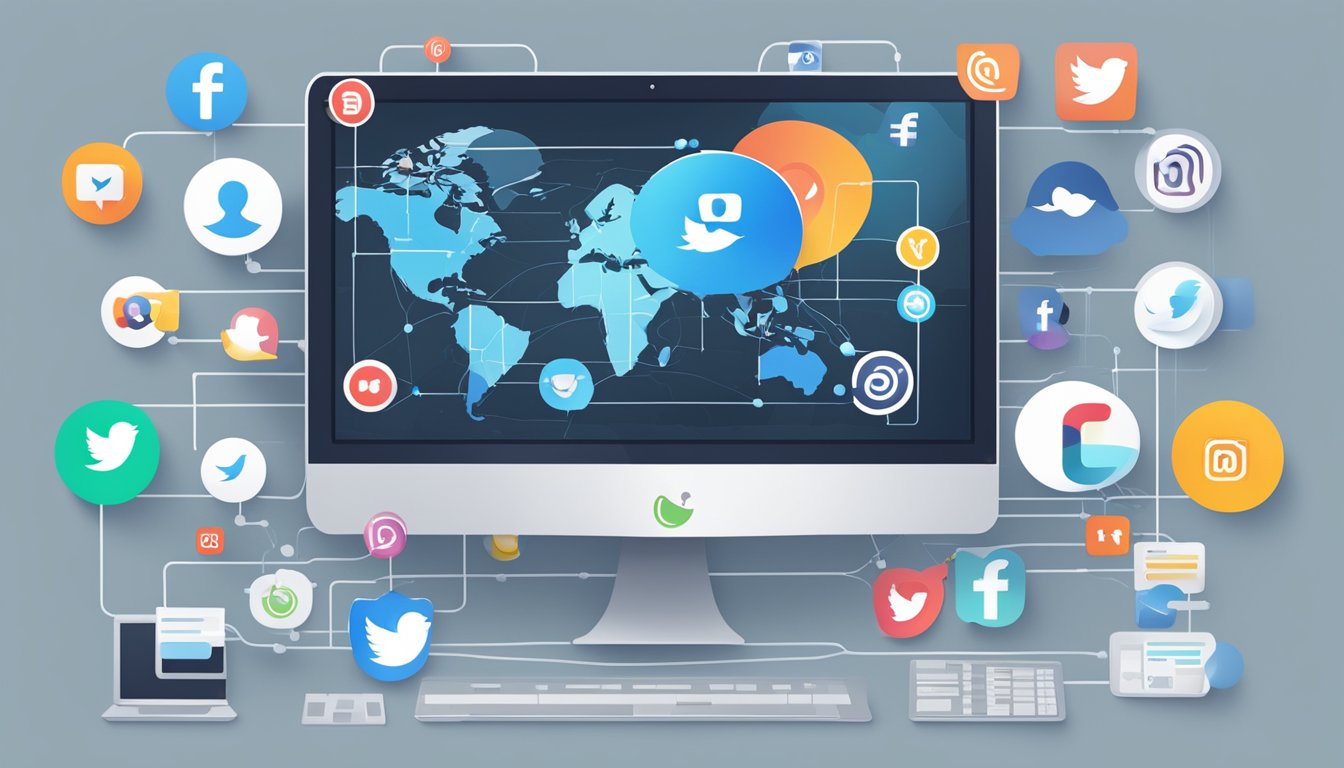
Social media analytics involves examining data from various platforms to understand social behaviors and patterns. These insights enable businesses and individuals to make informed decisions regarding their social media strategies.
Data Collection Methods
There are several techniques used to gather data from social media platforms. Web scraping is a common method, where algorithms extract data from social networks. APIs (Application Programming Interfaces) provided by platforms like Twitter or Facebook facilitate a more structured data collection, often with limitations to ensure user privacy.
Interpreting User Engagement
User engagement metrics include likes, shares, comments, and click-through rates. To interpret this data, analysts use tools to track and visualize user interactions. For example, a table might be used to compare engagement across different platforms:
| Platform | Likes | Shares | Comments | Click-throughs |
|---|---|---|---|---|
| 1,000 | 500 | 250 | 150 | |
| 800 | 300 | 350 | 200 | |
| 1,200 | 450 | 400 | 250 |
Predictive Trends and Behaviors
Social media analytics apply statistical models to predict future patterns based on historical data. Analysts can highlight a probable rise in a topic’s popularity or forecast consumer behavior changes. Sentiment analysis assesses the mood of posts to predict public reaction to products or campaigns.
Future of Social Media Networks

The social media landscape is rapidly evolving influenced by innovative technologies, changes in user behavior, and market expansion.
Emerging Technologies
Technologies such as augmented reality (AR) and virtual reality (VR) are poised to transform social media platforms. Users will increasingly engage in immersive experiences through platforms that integrate these technologies. Artificial intelligence (AI) is another key player, offering personalized content curation and enhanced user interaction through chatbots and recommendation algorithms.
Shifts in User Behavior
The demand for authentic and ephemeral content is shaping how platforms are used. Users are gravitating towards stories and live streaming features, reflecting a preference for real-time interaction. Privacy concerns are also leading to a rise in the popularity of platforms that prioritize data security and user confidentiality.
Potential Market Growth
The social media industry anticipates significant growth in emerging markets, such as India and Africa, due to increased internet penetration and smartphone adoption. This presents opportunities for tailored social media experiences for these new audiences. Additionally, e-commerce integration is becoming more seamless, suggesting ample growth potential as social media becomes a driving force in online shopping.
